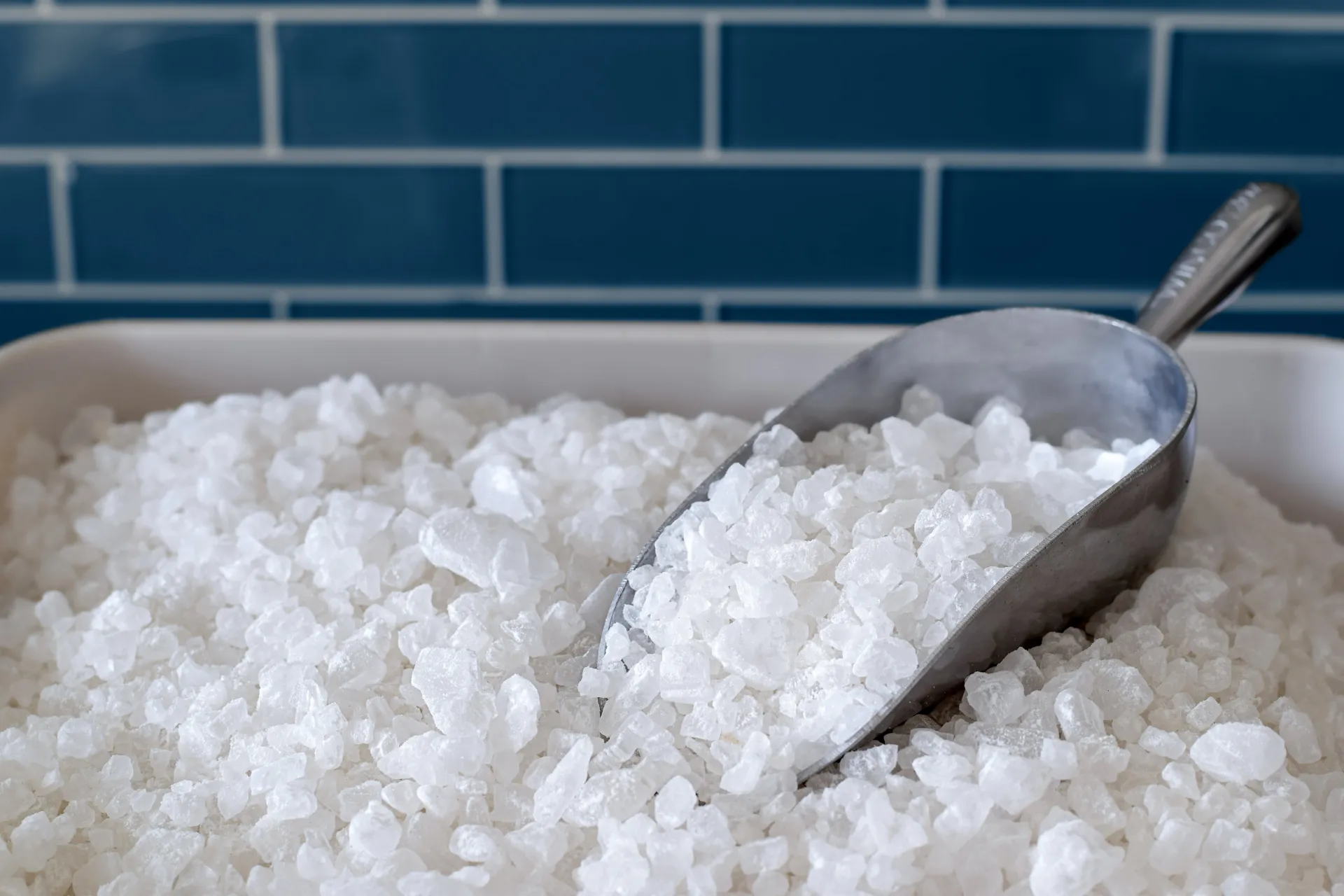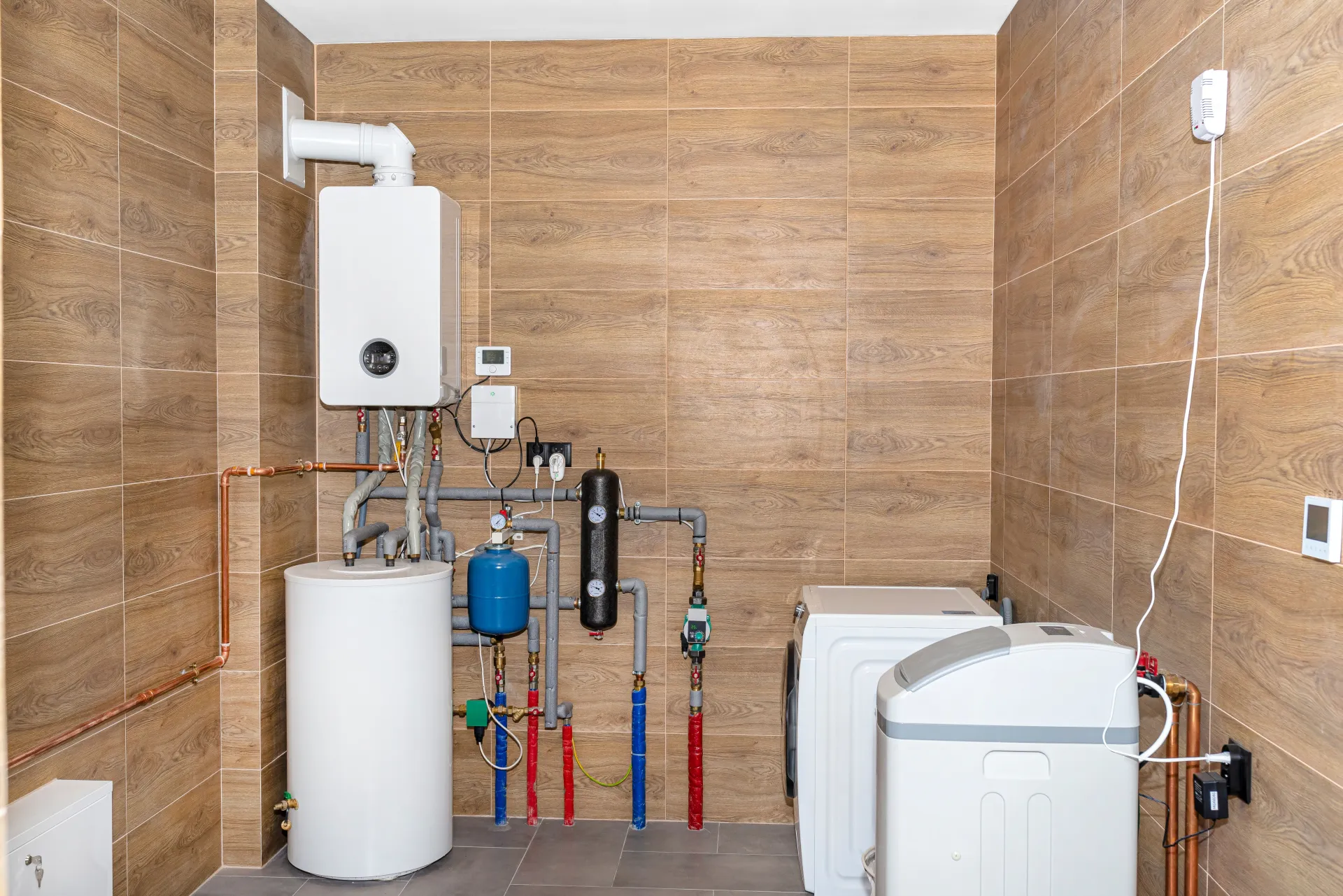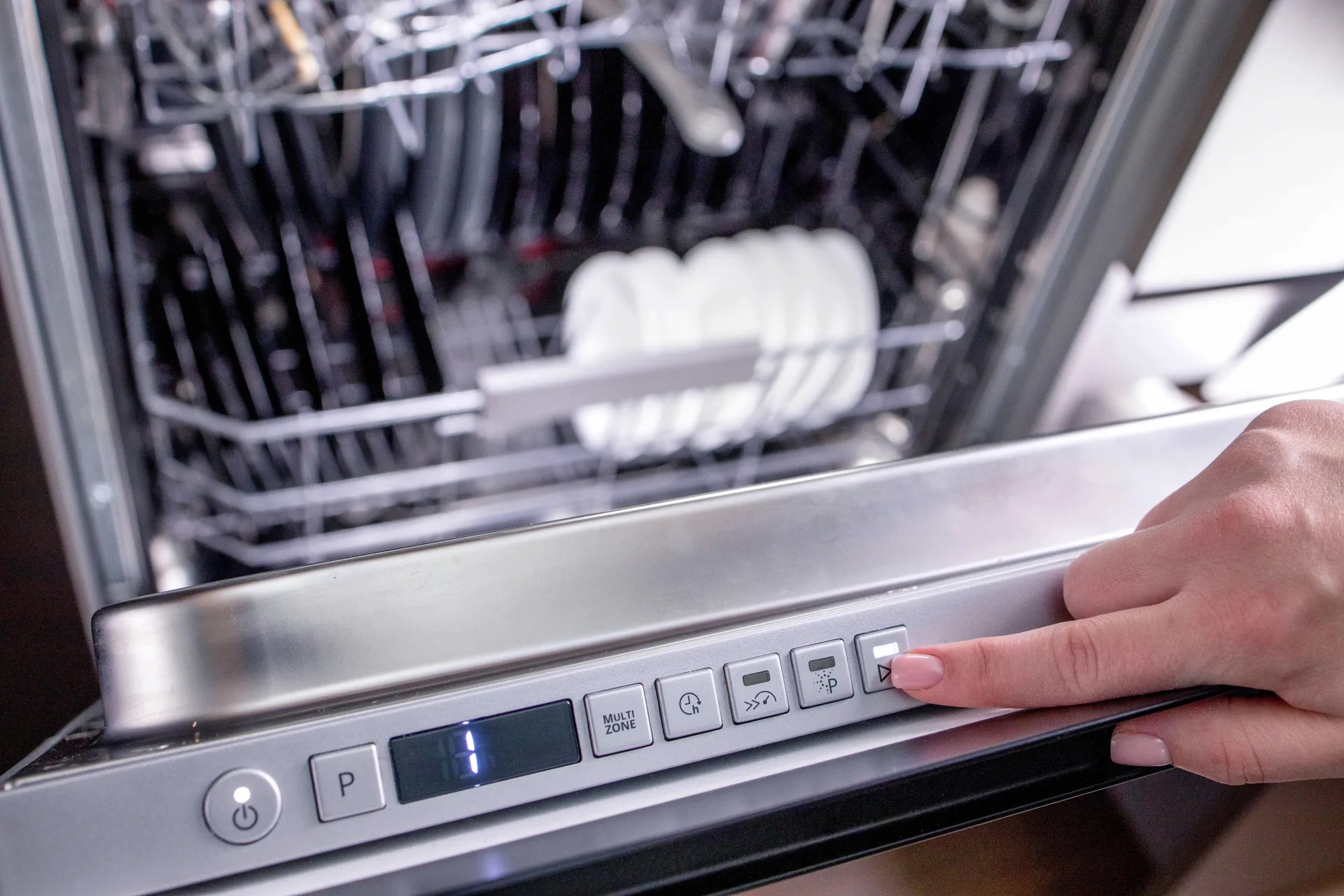Direct and Indirect System of Water Supply
When it comes to plumbing in UK homes, water is delivered through either a direct water supply system or an indirect water supply system. These two systems describe how cold water is distributed throughout your property, and each comes with its own advantages and disadvantages. In this article, we’ll explain the difference between direct and indirect water supply systems, including how they work, their pros and cons, and which type of water softener might be best for your home.

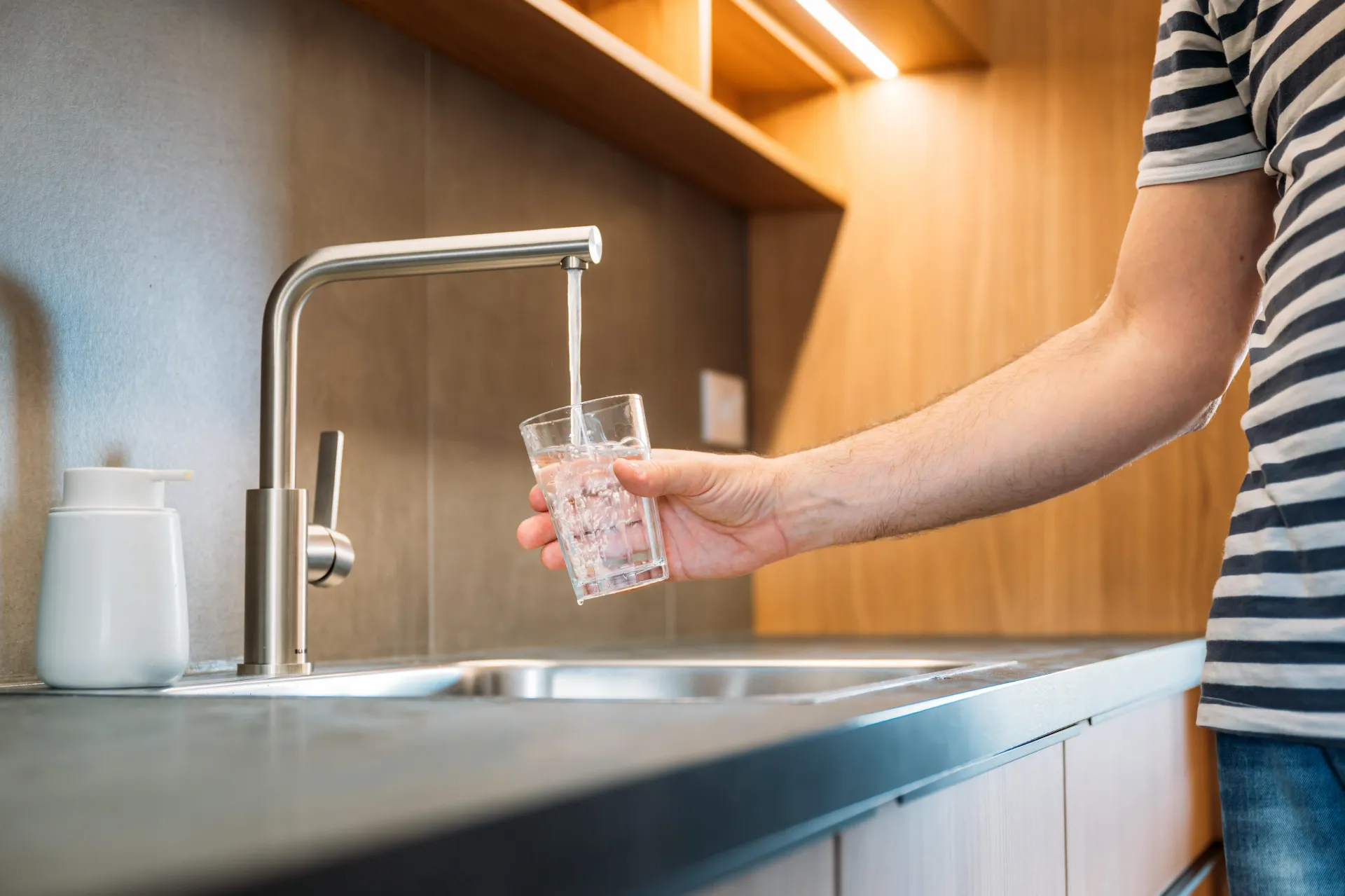
What Is a Direct Water Supply System?
In a direct water supply system, cold water is supplied straight from the mains to all cold taps in your home. This means every cold tap, including those in the kitchen and bathroom, receives fresh mains water at higher pressure, resulting in strong water flow. In many modern homes, especially those with combi boilers or unvented hot water cylinders, there might be no cold water storage cistern at all, as the hot water system is also fed directly from the mains.
Water softeners suitable for direct cold water systems: Harvey Arc, HVX, or Big Blue Water Softener.
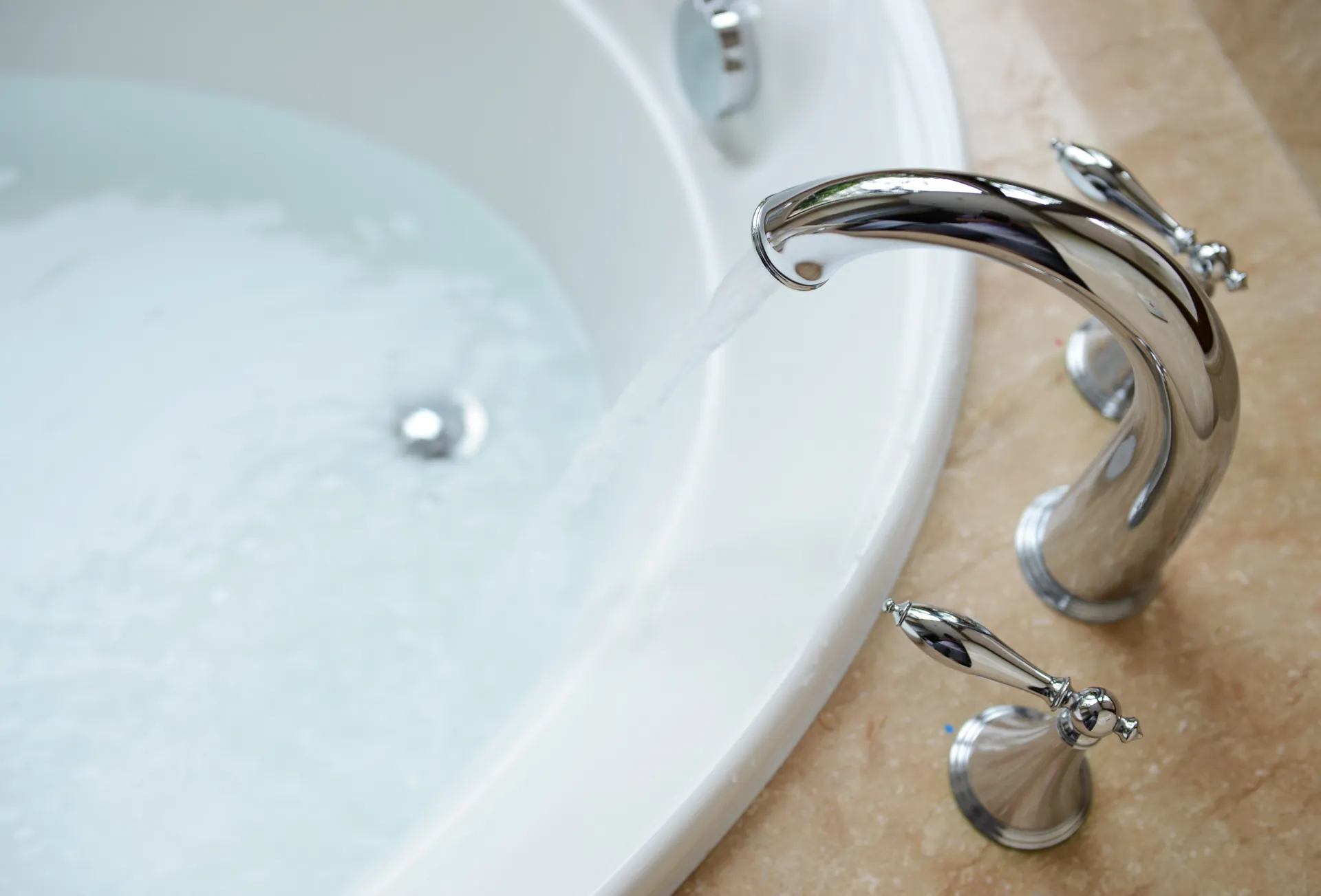
What Is an Indirect Water Supply System?
An indirect cold water supply system works differently. Here, the mains water fills a cold water storage cistern, usually located in the loft or attic. This cistern then feeds the cold taps (except usually the kitchen sink) and supplies water to the hot water cylinder. This means the cold water in the bathroom taps comes indirectly from the mains, via the storage cistern.
Water softeners suitable for indirect cold water systems: Harvey Arc or HVX Water Softener.

Direct Water Supply Systems: Pros & Cons
Pros:
- Supplies fresh mains water at every cold tap, making all cold taps safe for drinking water.
- Higher water pressure means stronger flow rates and better performance of appliances.
- No risk of stagnation as water flows directly from the mains.
Cons:
- If the mains supply is interrupted, there is no reserve water stored in the home.
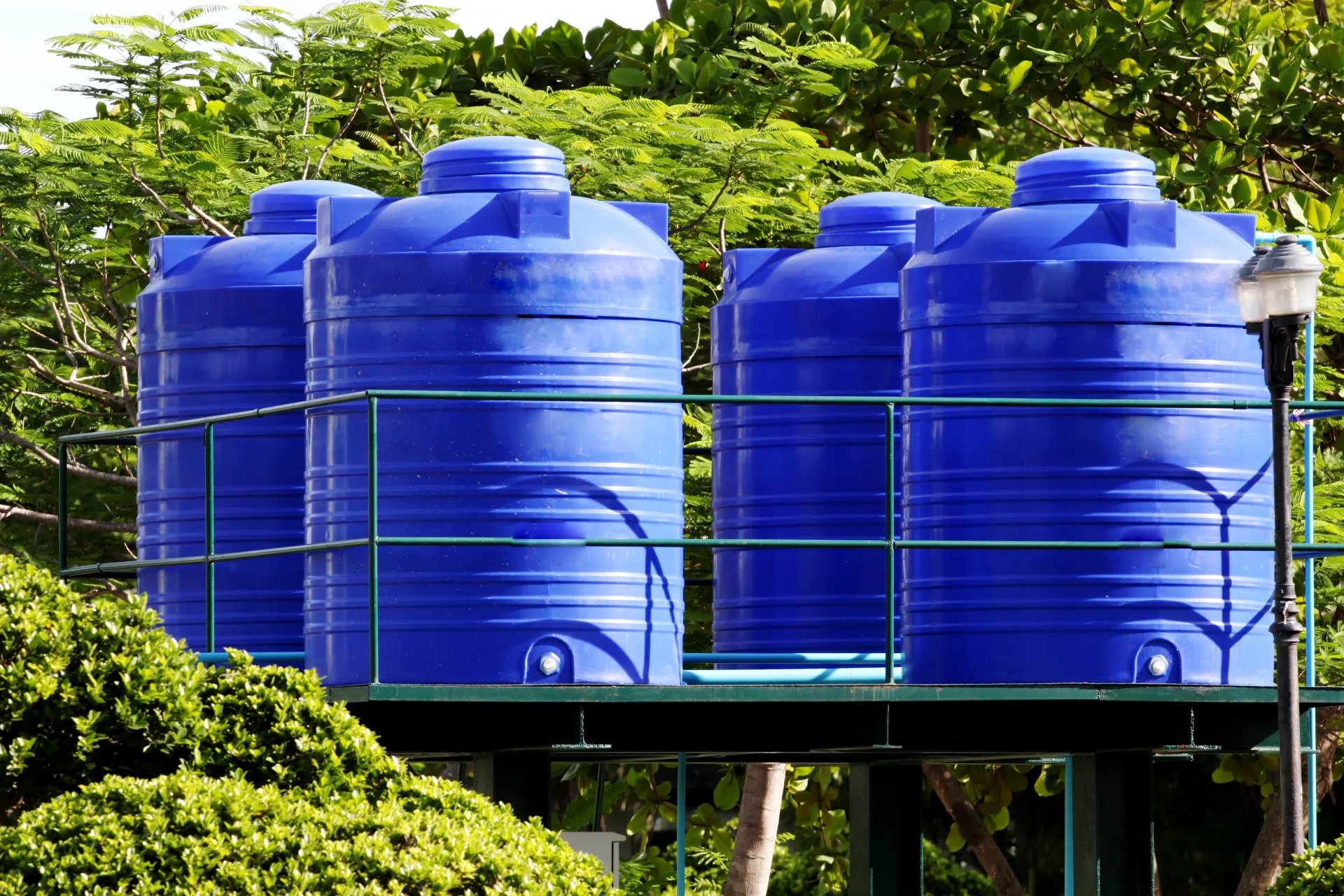
Indirect Water Supply Systems: Pros & Cons
Pros:
- Provides a reserve water supply during mains interruptions, so you can still use water (eg. flushing toilets) until the cistern empties.
- Typically operates at lower water pressure, resulting in quieter pipework and less risk of water hammer.
- Can be more forgiving for older plumbing systems.
Cons:
- Risk of water stagnation and contamination in the cistern if not properly maintained (although current regulations require cisterns to have components that keep the water potable).
- Historically, bathroom taps fed from the cistern were not recommended for drinking.

Which System Is Best for You?
Choosing between a direct and indirect water supply system depends on your property type, plumbing setup, and water usage needs. Both systems can be efficiently paired with the right water softener to protect your pipes and appliances from hard water damage.
Explore our full range of water softeners and learn how they can improve your home, health, and save you money. If you need expert advice or assistance, our knowledgeable team is ready to help.
Get in touch today and discover the benefits of a Harvey water softener for your direct or indirect cold water supply system.
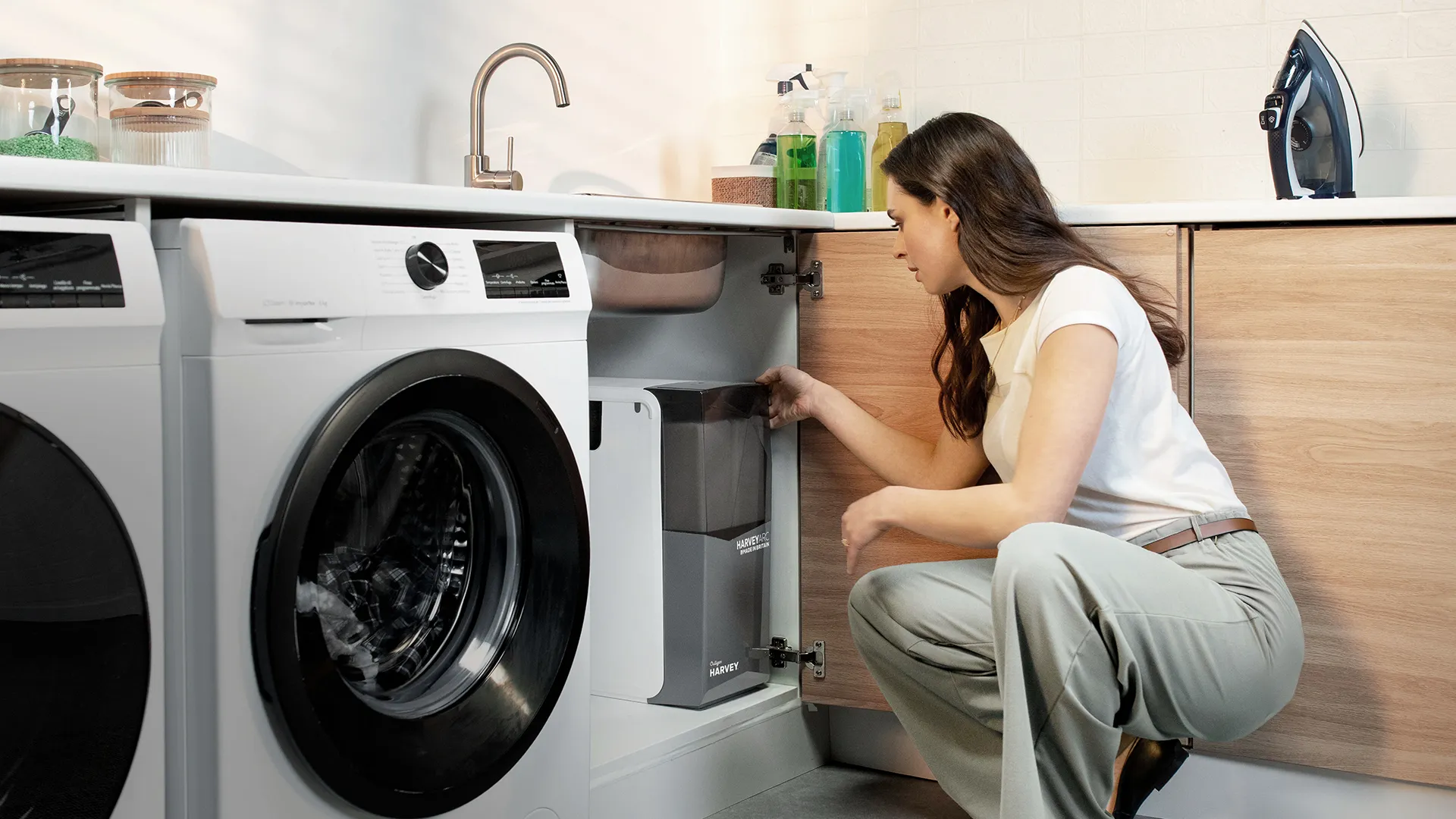
Improve Your Home’s Water Quality with Harvey Water Softeners
Whether you have a direct or indirect water supply system, Harvey water softeners are designed to connect seamlessly to your home’s water supply. Our range includes the Harvey Arc, HVX, and Big Blue water softeners, offering effective protection against limescale and hard water damage.
Harvey is the UK’s number one brand for water softeners. Installation is quick and easy; your water softener slots conveniently under your sink and starts softening immediately.
How Hard Is Your Water?
Unfortunately we do not have data for your area but you could still benefit from a water softener.
Are these hard water issues familiar to you?
Get in touch with our experts
Please fill out this form so that we can contact you about your enquiry. You can also arrange for a free personalised water analysis in your home or through a virtual online demonstration.
Explore the benefits of softened water
